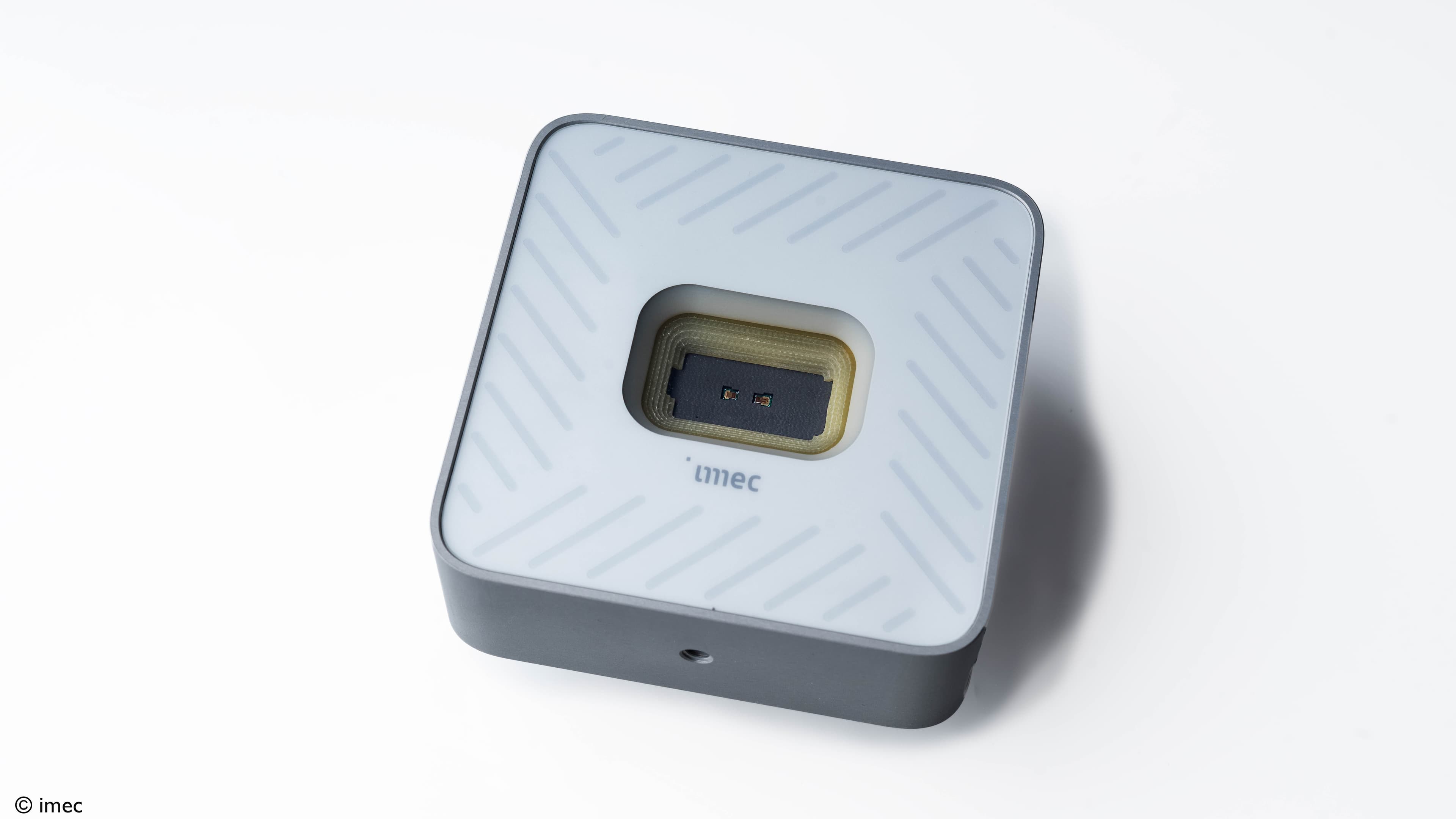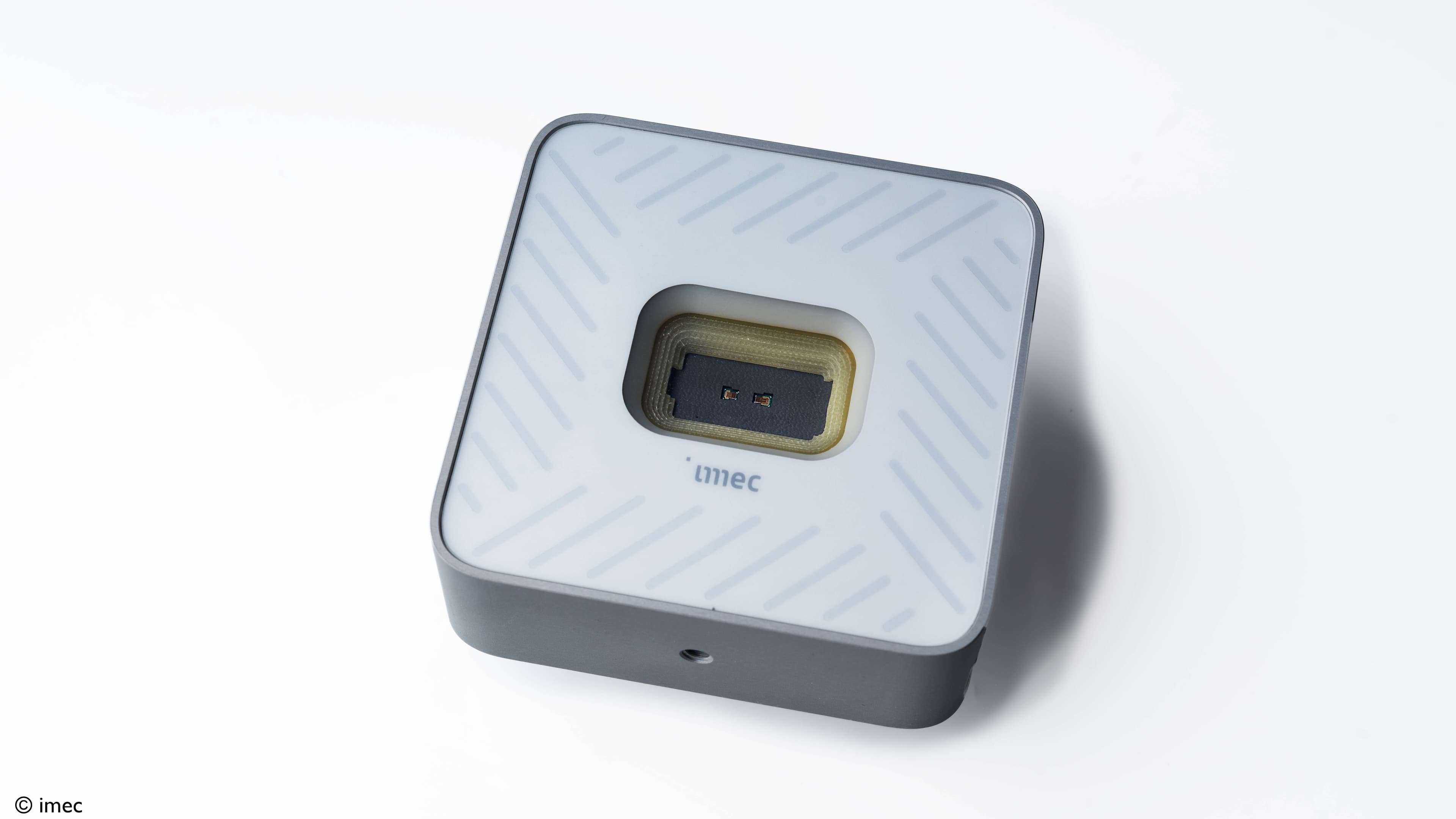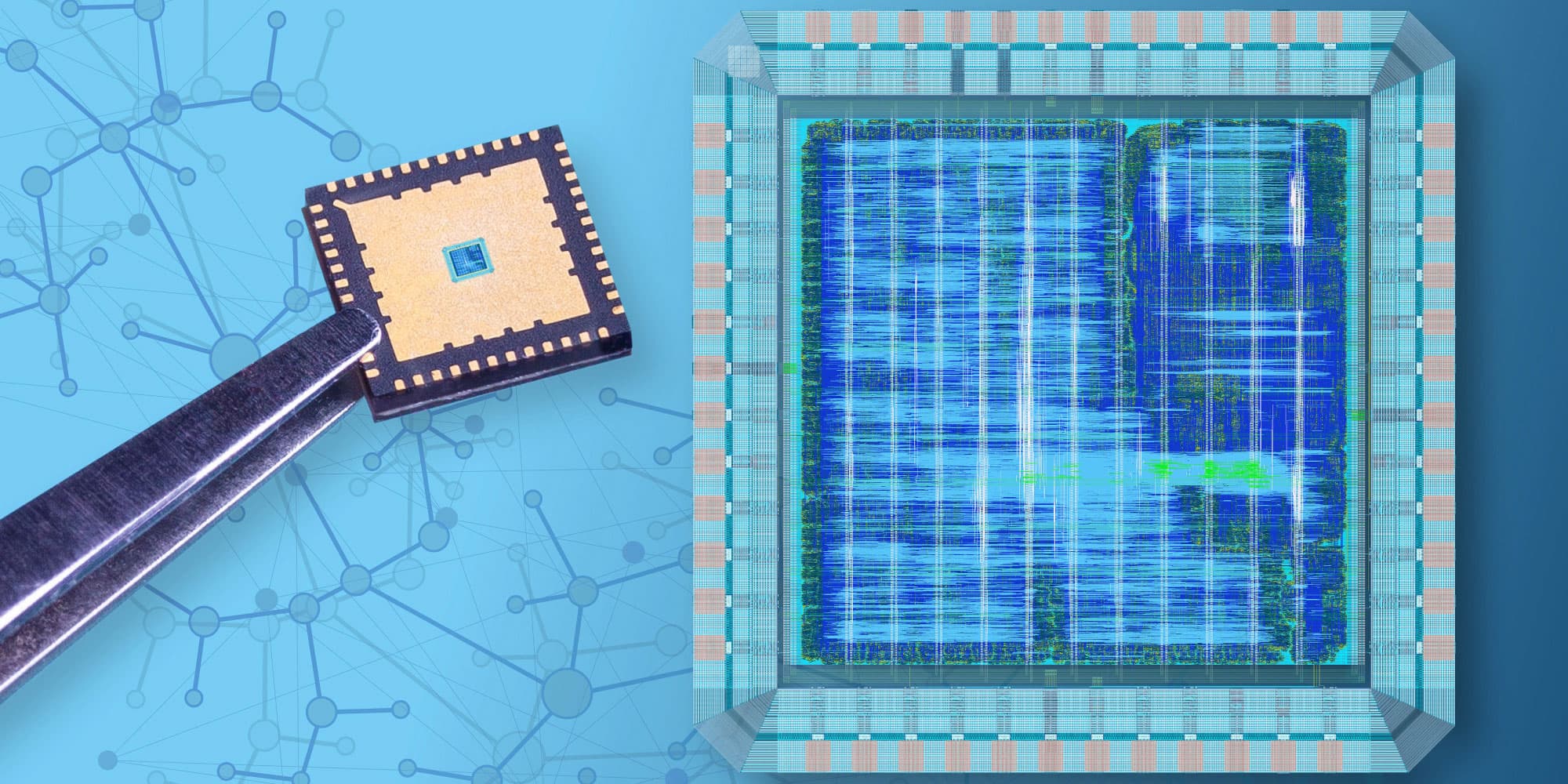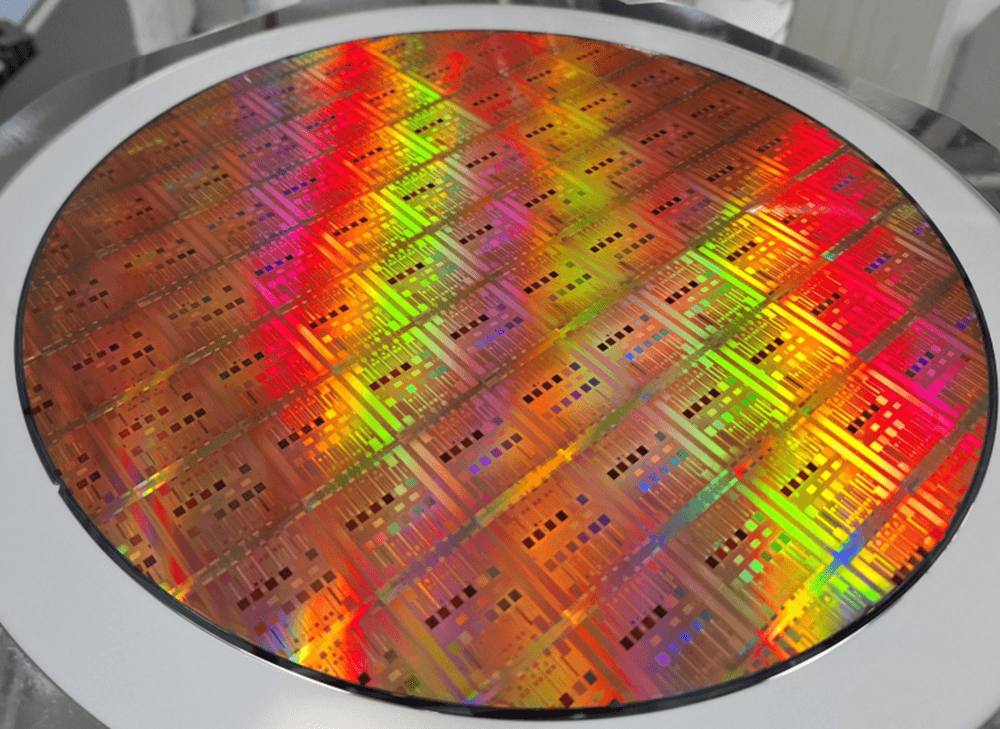
140GHz high-resolution on-chip radar for ADAS, in-cabin/health monitoring, smart industry and consumer applications
High-frequency radar enables fine-grained detection in many use cases. Especially when combining all elements on a chip lowers cost and increases integration potential.
For certain applications, high-frequency radar offers the ideal trade-off regarding performance, cost, energy usage and dimensions. Radar systems with carrier waves exceeding 100 GHz:
- Detect tiny movements thanks to enhanced depth resolution.
- Measure speed more accurately thanks to Doppler shifts.
- Are exceptionally compact, especially when antennas are integrated on the radar chip.

Imec’s 140 GHz radar demo platform
Imec has built an extensive 140GHz radar technology portfolio, including system knowhow, hardware and algorithm IP, geared to applications such as advanced driver assistance systems (ADAS), in-cabin/health monitoring, gesture recognition, AR/VR and robotics. It can be accessed through licensing or joining a bilateral or collaborative R&D program.
Introducing imec’s 140GHz radar chip
The main components of imec’s 140GHz radar chip are:
- transceiver with integrated antennas
- low-power phase-locked loop (ADPLL) to generate the modulated carrier wave
Both are designed in 28nm bulk CMOS technology, enabling high integration and low-cost volume production. Imec is also considering designing the chip in 22nm FD-SOI in the future. This extremely compact system (10x10mm² package) achieves superior radar performance:
- +11.5 dBm effective isotropic radiated power (EIRP) per TX element
- 10 GHz bandwidth
- > 55 mm range resolution and sub-mm range accuracy
- wideband transition to and from the antenna
This highly sensitive radar can be equipped with advanced machine-learning algorithms to enable high-fidelity feature extraction. And it can easily be combined with complementing sensing modalities into multi-sensor systems.
Explore imec’s research on sensor fusion
140GHz radar applications
Because of its high sensitivity, 140GHz radar is ideal for monitoring small movements such as people’s vital signs (e.g., breath) and gestures. Obvious use cases are, therefore, driver and patient monitoring, AR/VR, and human-machine interaction.
In-depth article: A compact 140GHz radar chip for detecting small movements, such as heartbeats
However, there’s also rising interest in using 140 GHz to map a car’s environment in ADAS or even autonomous driving applications. Its higher angular resolution would be the perfect complement for 79GHz radar systems.
Such 140GHz imaging radar leverages the Multiple Input Multiple Output (MIMO) technique using several transceiver chips and beamforming to send out narrow beams that gather a wealth of data that results in point clouds that accurately represent the environment. It enables the system to detect relatively small targets, such as pedestrians or bikes, even when partially masked by larger objects or in adverse weather conditions. With a long range and wide field of view. And based on compact, robust and low-cost semiconductor technology.

Comparing the resolution of 79 GHz and 140 GHz radar at a 30 m range (with a radar aperture of 15 cm x 15 cm).
Work with us
Would your application benefit from on-chip high-frequency radar? Build on imec’s expertise by licensing our hardware design or algorithm IP. Or partake in a bilateral or collaborative R&D program to get early access to new designs or to codevelop our 140GHz radar meet to your product needs.
Click the button below to request a meeting with our experts.











